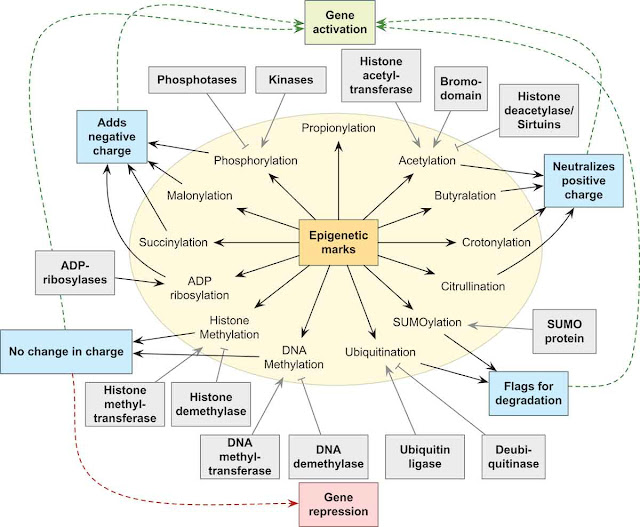Note for Challenges with biomarkers in cancer drug discovery and development
Note: Challenges with biomarkers in cancer drug discovery and development (doi:10.1080/17460441.2018.1479740) Precision medicine; 1. require molecular profiles of tumors 2. require molecular profiles of microenvironment 3. individual features Final aim is to use these data to cure the cancer patient effectively! However, the authors mentioned that it only partially helps. Also, the patients who have a good response, at the very end, they develop the resistance to the treatment, either targeted molecule or immunotherapy. Gap; Need to identify the biomarkers in each step of cancer progression as well as the treatment effectiveness (resistance or sensitivity). Cancer biomarkers -- tumor characteristic or response of the body in the presence of cancer which can be measured and evaluated (can be directly from the cancer or the response from the host body). Definition of each biomarkers; 1. diagnostic markers - predisposition and early detection of tumors in healthy patient
